Acrylic paints are universal: they can make amazing stained glass on glass, paint the walls of a house or just paint a picture. They are convenient in operation, hold firmly after drying, but if a wide variety of colors is required, then the drawing will be expensive because of their price. It is not necessary to acquire all colors - you can buy the main palette, and get the necessary shades by mixing acrylic paint.
- What colorings of dyes should be purchased
- How to work with a table
- Features of working with acrylic dyes
- Light coloured
- Dark
- Green gamma
- Purple and violet
- Orange
- Earthy
- How to work with the palette
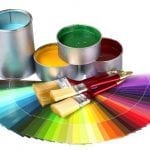
What colorings of dyes should be purchased
Back at school, at drawing lessons, tinting lessons were taught when they said that when red and yellow are mixed, orange is obtained, and by mixing blue and yellow, you can get green. It is by mixing a diverse color scheme that a special art table for obtaining additional colors is based. According to this table, to create the necessary palette, it is enough to purchase acrylic dyes in 7 colors:
- red;
- pink;
- yellow;
- brown (burnt umber);
- blue;
- black;
- white (titanium white).
These colors are quite enough to get the necessary color by mixing. It’s enough to use the art table and, mixing paints to get the necessary shade of color.
to contents ↑How to work with a table
Working with the table does not present great difficulties, it is enough to find the right color in it, and next it will be indicated which paints must be mixed to obtain the desired color. For example, you need olive paint. If you look at the table, then to get this color you need to mix yellow and green.
Everything seems to be simple. But the ratio of the dyes is not indicated in the table, only the names of the colors necessary for mixing are given. Then what to do? Like everyone who works with various colors of paints, you will have to develop your own color perception, which helps to choose the color in the required proportions.

Beginners can be advised of the following:
- To create the necessary tone, add a tint color to the base in small portions and check the result on an unnecessary surface.
- Even if the color shade as a result of tinting seemed correct, you should not immediately take on the main drawing when the mixing of the paint that has ended during the work is carried out. It is better to wait for the control smear to dry. When dried, the color may change slightly, and then it will be necessary to carry out additional tinting of the color mixture.
You can use a universal table when drawing, suitable for working with dyes on any basis, or you can use the scheme developed by masters who prefer to work with acrylic paints. But no matter what method is used, only the experience of mixing will help develop the necessary color perception, which helps in choosing the color ratio.
to contents ↑Features of working with acrylic dyes
Masters who prefer to work with acrylic dyes to create artistic masterpieces have developed a special mixing scheme. This scheme can be divided into parts to create the desired tones:
- bright;
- dark.
By mixing different tones, it is possible to obtain the following color shades:
- green
- lilac and violet;
- orange
- earthen.
Enough for drawing? It is quite worthwhile now to consider the rules of mixing different colors to create each tone.
to contents ↑Light coloured
Titanium white is taken as a basis, color is added to them in small portions. The less tinting paint is added, the brighter the shade. In this way, you can get all the light shades of the palette.
Dark
Dark tones are created a little differently: black is added in a small amount to the main palette. This way you can get any dark tone. It is only necessary to carefully add black, otherwise instead of the desired dark brown color, you can create a dirty brown. However, even if the first result is unsuccessful, the second and subsequent ones will be much better, because experience comes with practice.
Having created the necessary tones, you can use the mixing of different shades to create the necessary color scheme.
to contents ↑Green gamma
There is no green color in the palette necessary for the acquisition of paints, it will first have to be done by mixing blue and yellow, and the tint and further tinting result will depend on the initial ratio of the dye. What proportions to take can only be determined empirically by mixing colors. It is difficult to even describe all the options for color combinations, there are too many of them. You can find them in the art color chart, which should become the best friend of every artist and decorator.
Purple and violet
These cool tones can be obtained from the blue dye by mixing it with a light pink paint (lilac color) or with a red tint (purple color). In the resulting compositions, you can add a black or white tone to obtain many shades.
Orange
If you mix red and yellow in various proportions, you can get an orange color, and its saturation will depend only on the original color ratio. If you add white to the result, then you can create shades such as melon, peach or coral.
Earthy
Burnt umber, mixed with all the components of the color palette, allows you to get a wide range from beige (a mixture of white with brown) to dark wood (brown with black).
How to work with the palette
How to create the necessary gamut? There is nothing complicated about it. To work, you will need:
- base color range;
- brushes;
- a container of water;
- an art palette for mixing colors (you can take the one that students use in drawing lessons).
Followed by:
- Place in the middle of the palette white, because they are most often used to brighten and create various halftones.
- Place the necessary dyes in the remaining recesses.
- It is necessary to mix carefully, adding color in small portions and checking the result with a smear.
- After each mixing, the brush must be washed in a container of water.
Mixing acrylic dyes is easy, and with a little practice, you can learn how to get a wide range of color shades, having only seven primary colors on hand.
It will be further useful to obtain information on how to paint with acrylic paints.

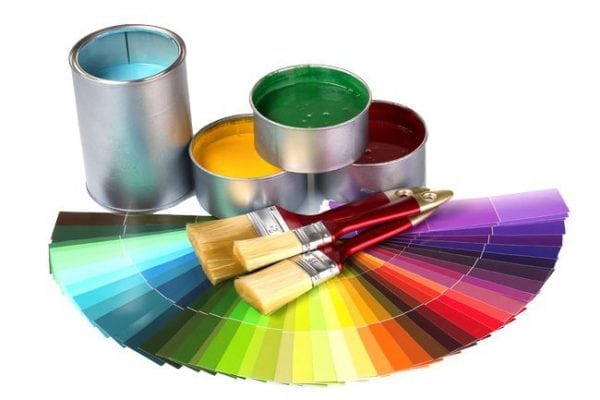
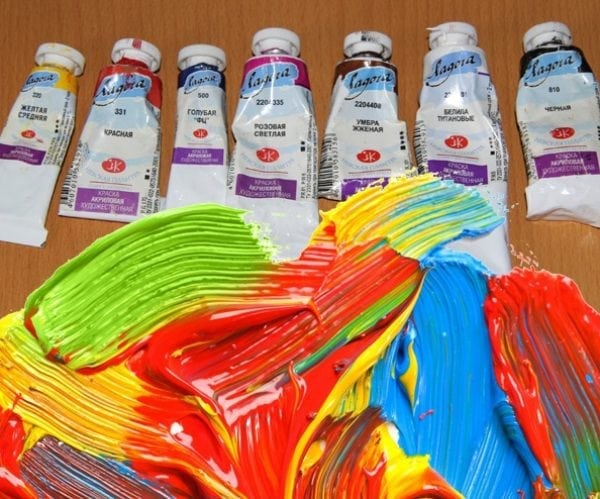
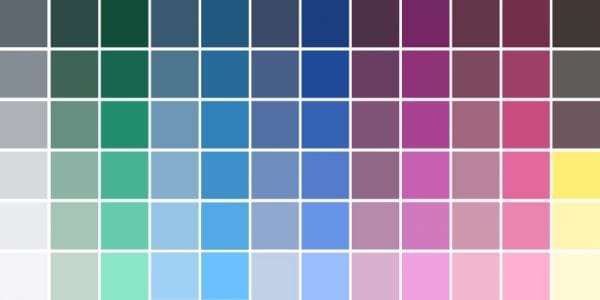


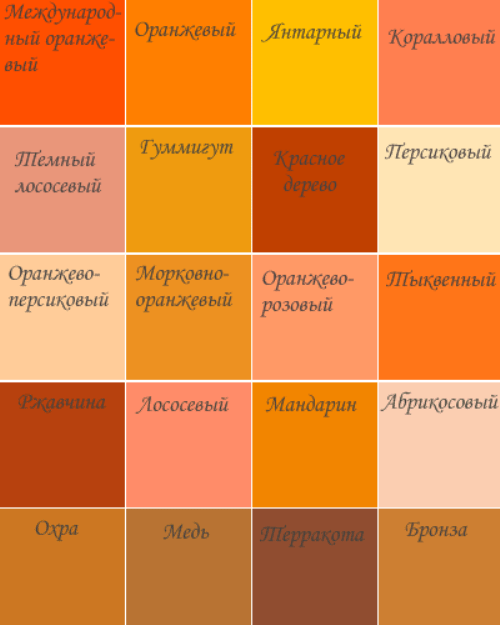
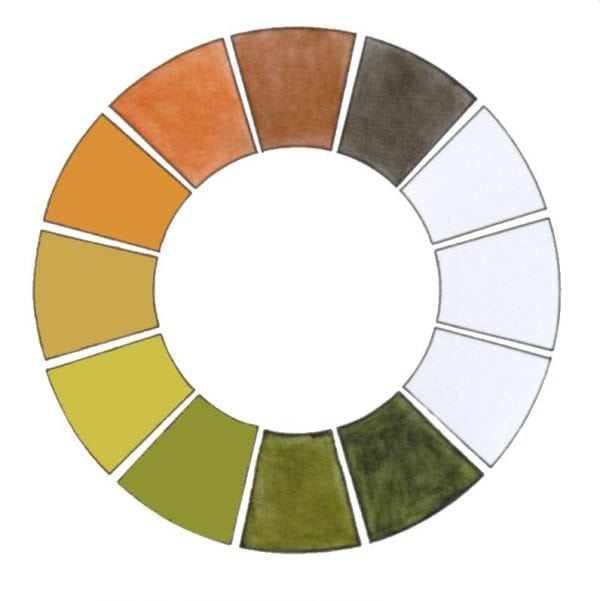



Good afternoon! Please show the color of the paint - phthalic blue (green tint). What colors need to be mixed for this. Thanks in advance.
I also really want this color, most likely you can’t find such paint in the store, which option can you mix, well, by yourself, only which ones?
Acrylic blue paint than dilute to get blue?
White
Mixing red, blue, white and black produces brown instead of plum. Even without adding black. How can this be fixed?
The presence of a yellow undertone in red or blue will result in a brown. To get plum - you need pure colors, which are usually not available. But even mixing pure red and blue we will get a pale result, which after lightening will fade even more. Therefore, it is better to create shades of violet from ready-made violet colors.